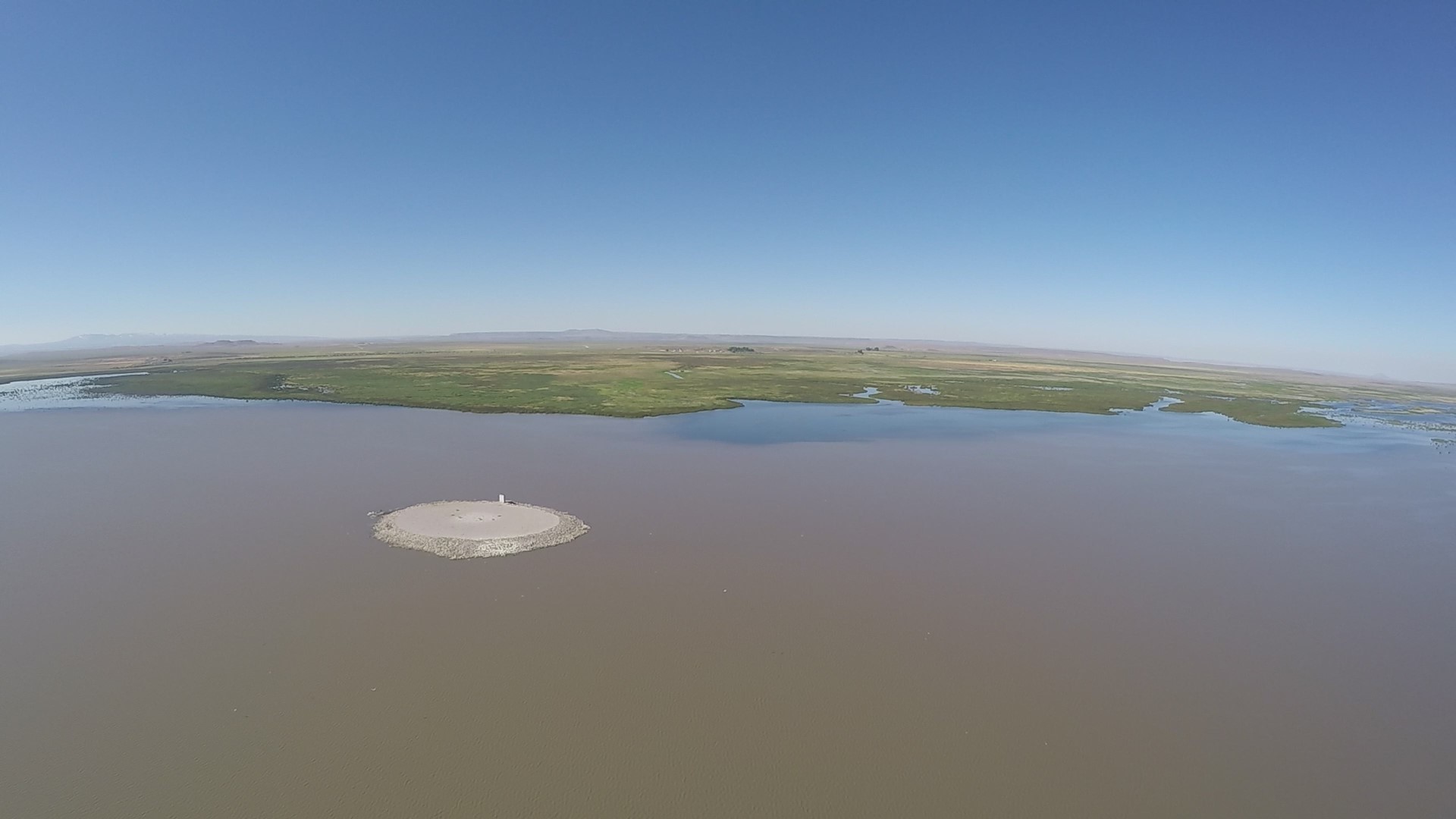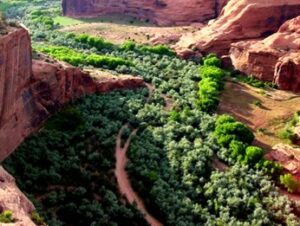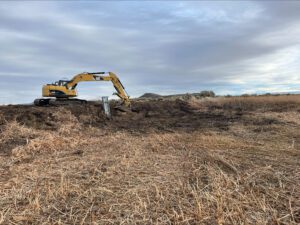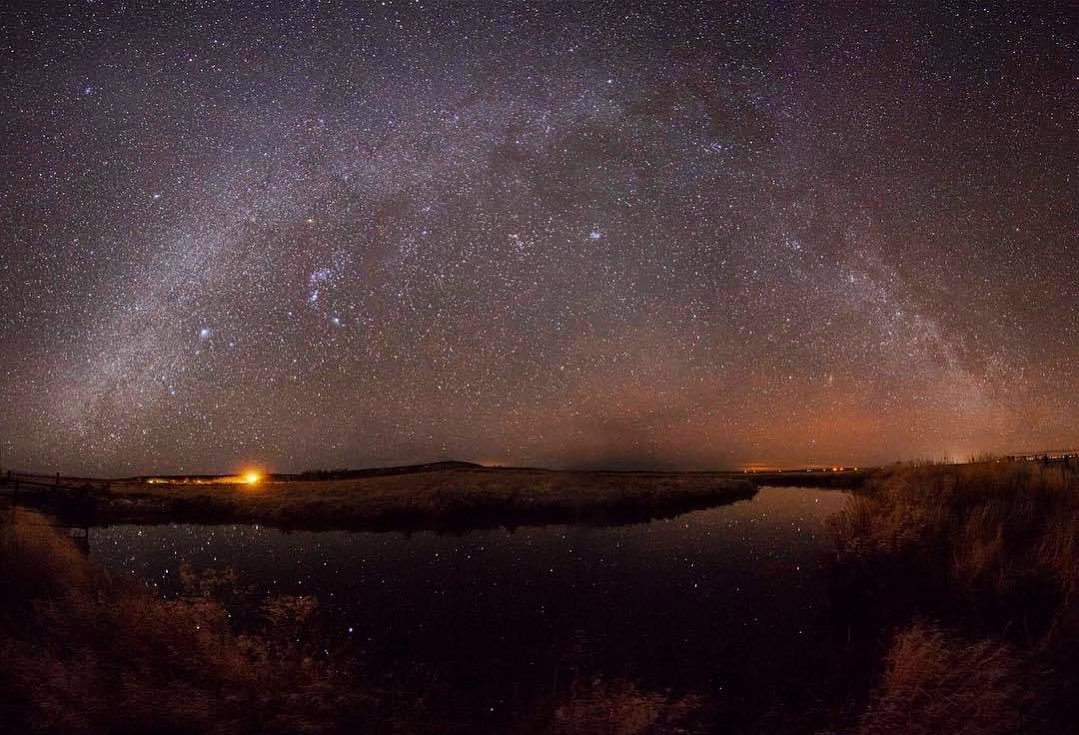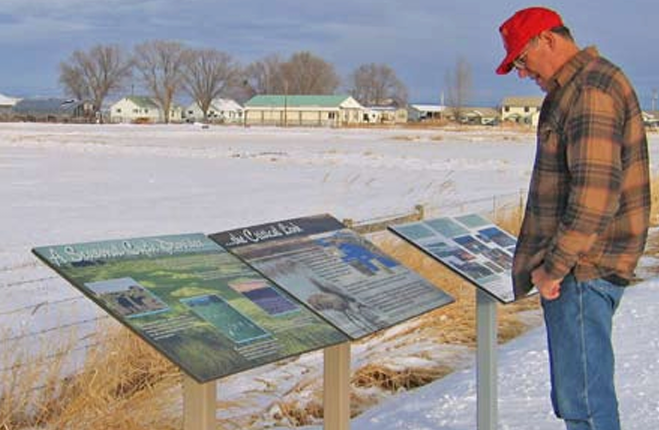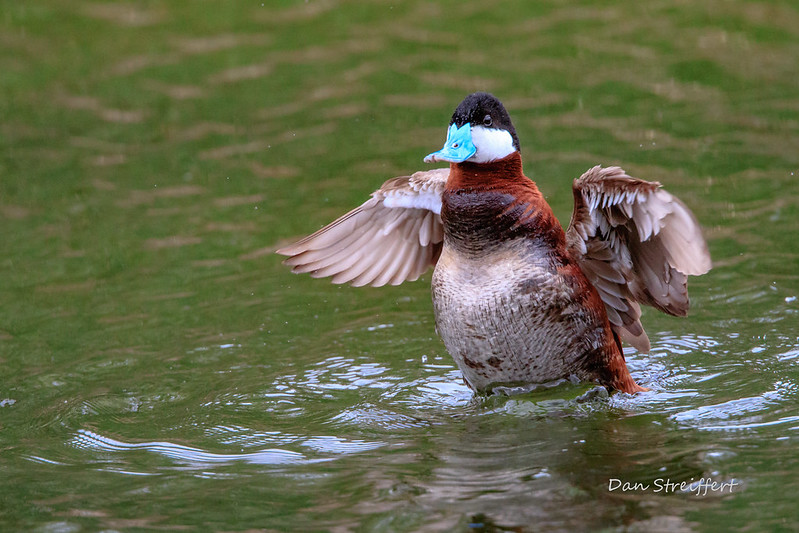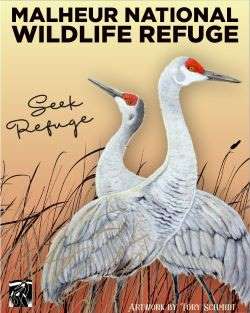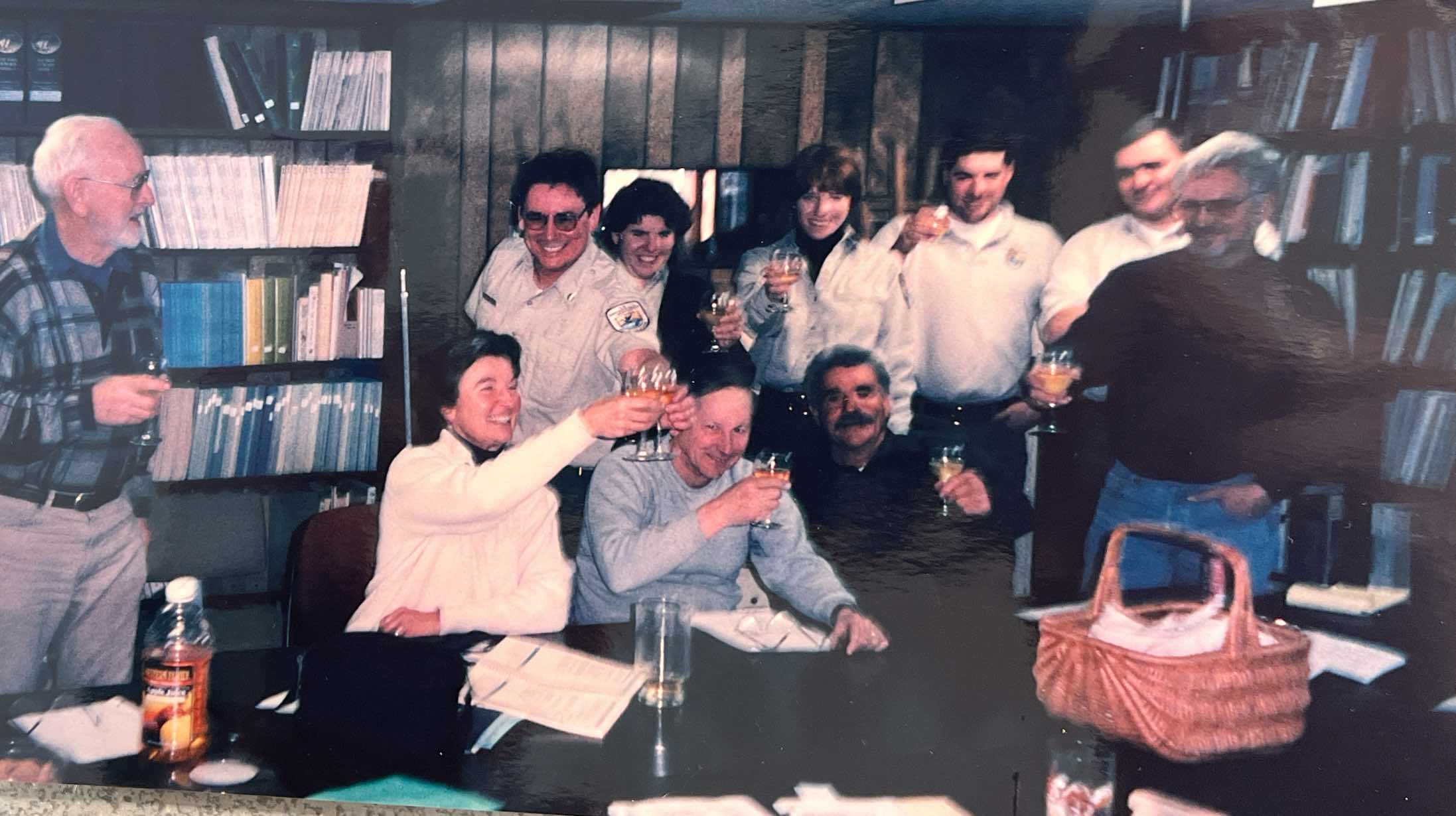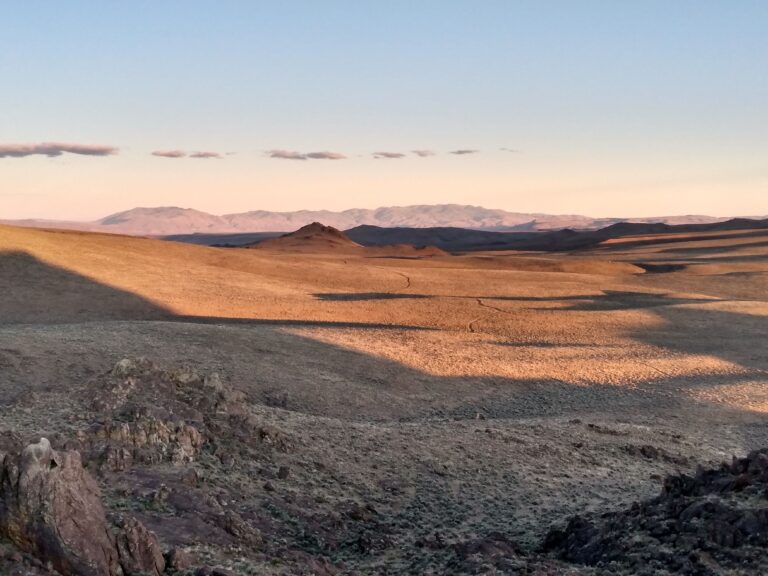Written by Alexa Martinez/Photos by Teresa Wicks
The worldwide pandemic of COVID-19 has affected every single one of us in many ways. At Malheur National Wildlife Refuge, we were issued a total of nine weeks, for a stay at home quarantine. This was difficult for those of us who generally look forward to spring fieldwork. This pause affected certain projects within the biological program more than others.
Some restoration work, water quality and weather data collection on Malheur Lake went on hold along with not completing shorebird or colonial bird nesting surveys. The limitations of what we can do as refuge staff was definitely a challenge. The feeling of not being able to complete work and give your full attention was very hard to process. There is only so much you can get accomplished on a computer when half of your job is field related.
With that said, I am certainly grateful for the technology we have to allow us to stay connected through shared resources, such as, ZOOM, Microsoft TEAMS, and Google meetings. Being able to have meetings with other biologist in the Pacific Northwest Region and listening to their struggles during this time opened my eyes to see how COVID-19 is affecting the fieldwork for 2020.
I cannot speak for all refuges in the Pacific Northwest Region or throughout the System but I am very grateful for the partnerships Malheur NWR has. Within the wildlife program, we are lucky to have Portland Audubon Society conducting our land bird point count, secretive marsh bird and vegetation surveys on their own at the refuge during these nine weeks. Unfortunately, because some surveys require refuge staff support of direct involvement, we lost the opportunity to test a new colonial water bird protocol in May. The new protocol would help inform the refuge what colonial water bird species continue to utilize Tern Island and what their nest success out on Malheur Lake is. Our spring shorebird survey was put on hold due to COVID and we were not able to record the spring migrant shorebirds for the year. Under the current circumstances, being able to rely on our partners for several data sets not being lost, is better than nothing.
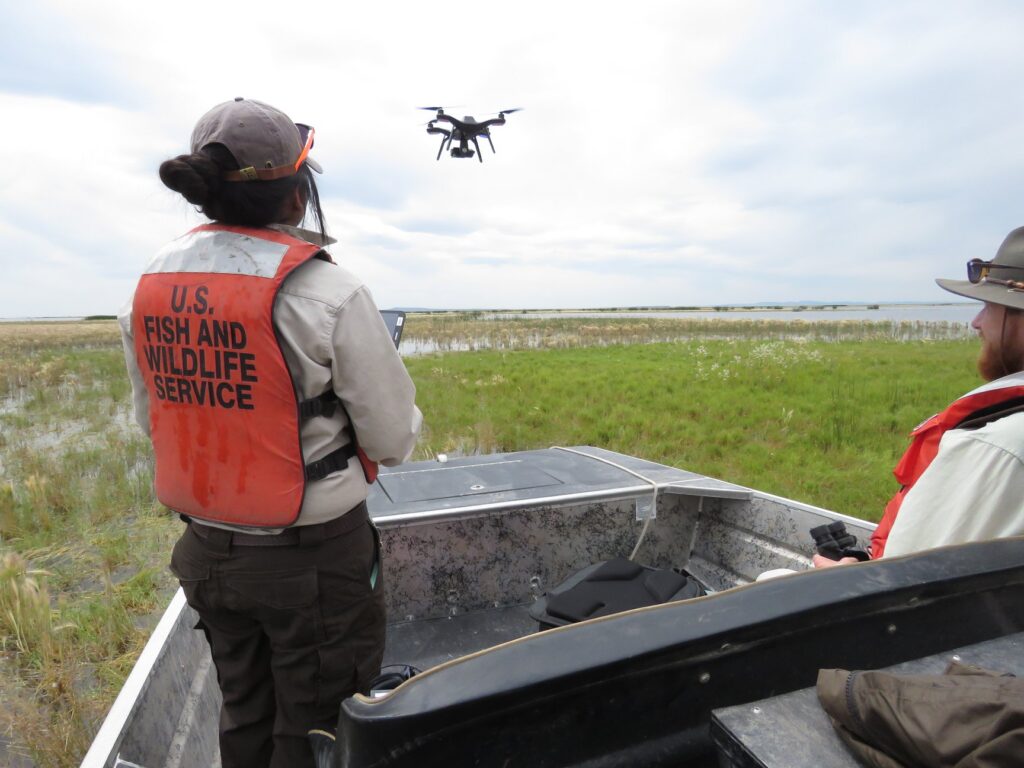
Other than our partners conducting important biological work, Refuge maintenance staff and their duties are considered essential. This classification has allowed for uninterrupted water management throughout the spring. As the wildlife biologist for the Refuge, staying in close communication with maintenance staff has allowed us to ensure impoundments were receiving the water as needed. The timing is particularly sensitive as the basin receives snowmelt from the Steens Mountain while birds are migrating through on their journey north or settling in to nest here among the wet meadows and riparian areas.
In order to get to where we are now, during the nine weeks of stay home quarantine, different programs (Biology, Maintenance, Visitor Services) at Malheur NWR worked with their supervisor in order to create safety protocols to enhance the safety of staff, partners and visitors. These protocols have allowed us, as necessary, to return to station. It feels good to be back, especially to help where help is need. Of course, the work environment is very different and we are all taking precautions and remind ourselves of our role in maintaining everyone’s safety. It will take time for things to come back to normal and hopefully we can all learn and move forward from all this in the near future.

